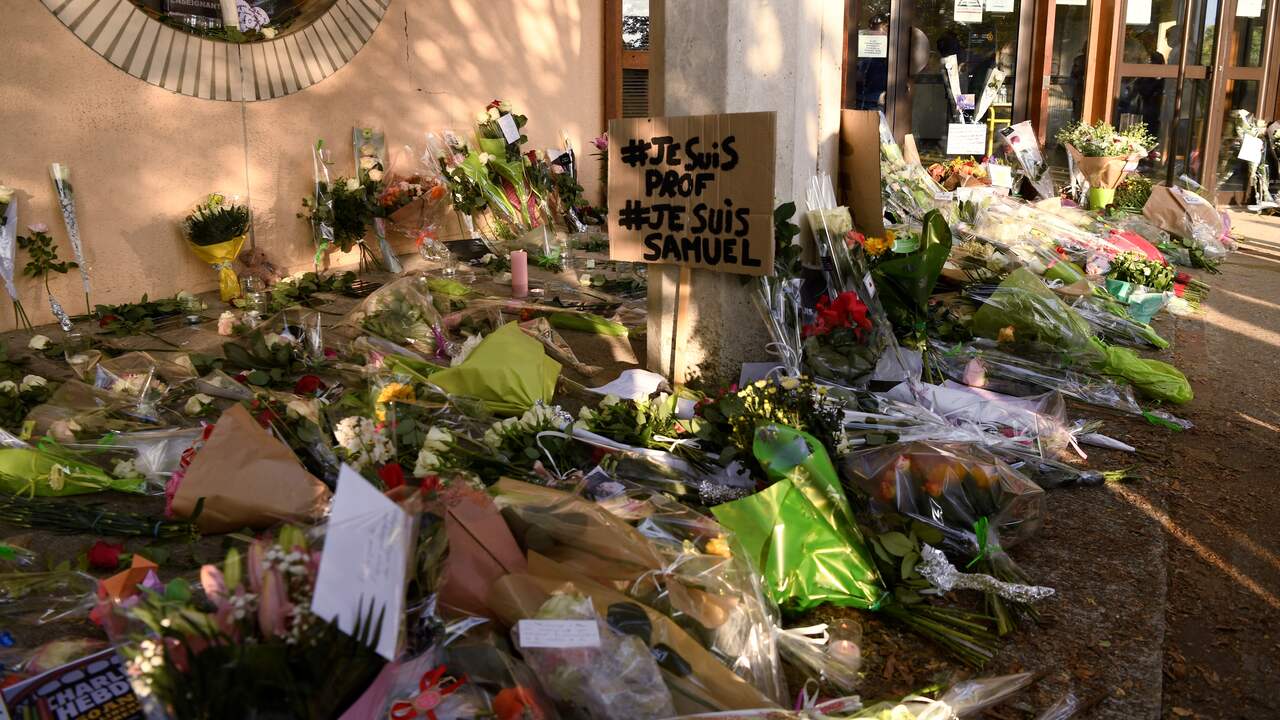The novelty is contained in the acronym EBANAV (Endovis Bio Advanced NAVigator), a virtual navigation system that allows orthopedic surgeons to view the operating field in three dimensions and at 360 degrees, with considerable advantages in terms of millimeter precision and therefore of zeroing of the margins of error, reduction of ionizing radiation, in addition to intervention times – about 25 minutes – reduced and made homogeneous with respect to traditional techniques.The system, a preview for the ASL Bari and the Puglia Region and together an absolute novelty in the European panorama, was born from the intuition and experience in the field of the health workers of the “Di Venere” and is the result of the collaboration between Masmec, a biomedical company in Bari, and the technicians of Citieffe, a company that produces a nail for the treatment fractures of the femur neck, which adapted the system and the means to implant it in virtual reality.
“The entrance of virtual reality in the operating room – explains the director of the ASL Bari, Antonio Sanguedolce – opens up new development prospects in the orthopedic sector but not only. It is the result of a long work and the ability of different medical, technical and entrepreneurial skills to work in close collaboration to transform technological innovation into a factor for the progress of surgical techniques and, at the same time, for the improvement of health care for patients, who represent the ultimate goal around which the action of our healthcare company revolves “.
The new “made in Bari” system was presented on 8 October last during the Trauma Meeting special edition 2020 in Riccione, where Dr. Enzo Caiaffa – Director of Orthopedics and Traumatology of Di Venere – illustrated the potential of virtual navigation applied to orthopedic surgery, but also the case history of patients already successfully treated in his operating unit.
Thanks to a computerized processing and display unit and to the absolutely non-invasive positioning of a sensor system for the patient, the image intensifier (the radiological equipment that allows you to view the limb on which to intervene) and the instruments, the operating environment is transposed from the real world to the virtual one. “The orthopedist – explains Caiaffa – can essentially operate by looking at a monitor on which images are reproduced continuously and in three dimensions of the joint, avoiding the cumbersome transitions from one fixed image to another of the traditional technique”.
Reducing the fracture and stabilizing it with the nail thus becomes a simpler operation, in which the operator’s human “limits” are overcome by virtual navigation, capable of guiding the surgical act with extremely precise 3D reproduction of the positioning of the synthesis medium. Virtual reality, in this way, allows us to see at any time where our system is located in space and with respect to the patient’s fracture, as well as allowing a high predictivity of the implant measurements.
With tangible advantages, first of all for the surgical procedure: “The precision of the operation – underlines Caiaffa – was previously entrusted to the manual skills, experience and intuition of the operator who, interpreting the still images and two dimensions of the image intensifier , was able to achieve the final result. Today, with this innovative system the whole process is standardized, refined and improved, significantly raising the average level of interventions on the femur for results, quality and execution times, now comparable to traditional ones. In addition, too obvious differences between the intervention times of the different surgeons are avoided “. And with important consequences for the patient, who can benefit from the safety and reliability of the entire procedure: standardization of the entry point into the femur, where a minimum skin incision of about 4 centimeters is made; reduction of exposure to ionizing radiation; approval of surgical times regardless of the operator’s experience, thus reducing risks for the patient and for the surgeon himself.
The Orthopedics and Traumatology of the “Di Venere” overall ensures about 1,500 surgical interventions per year, as well as guaranteeing an important number of outpatient services, almost 4 thousand a year.
– .


